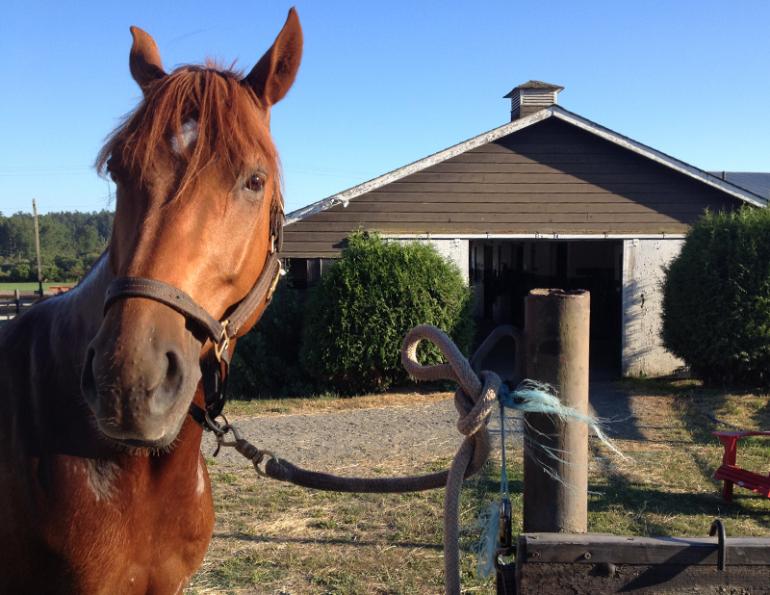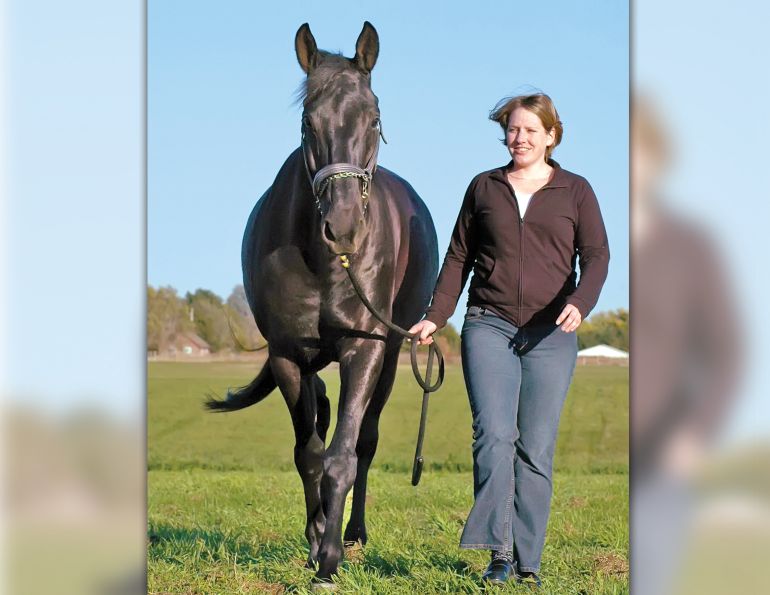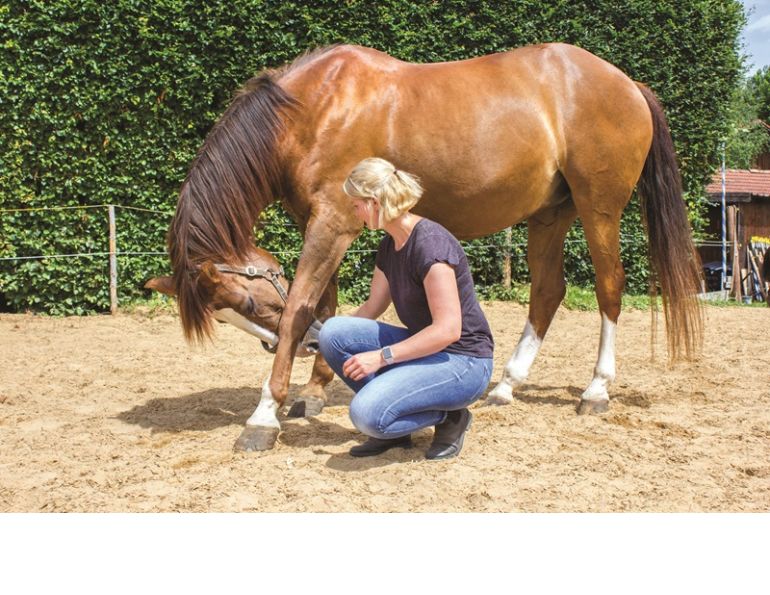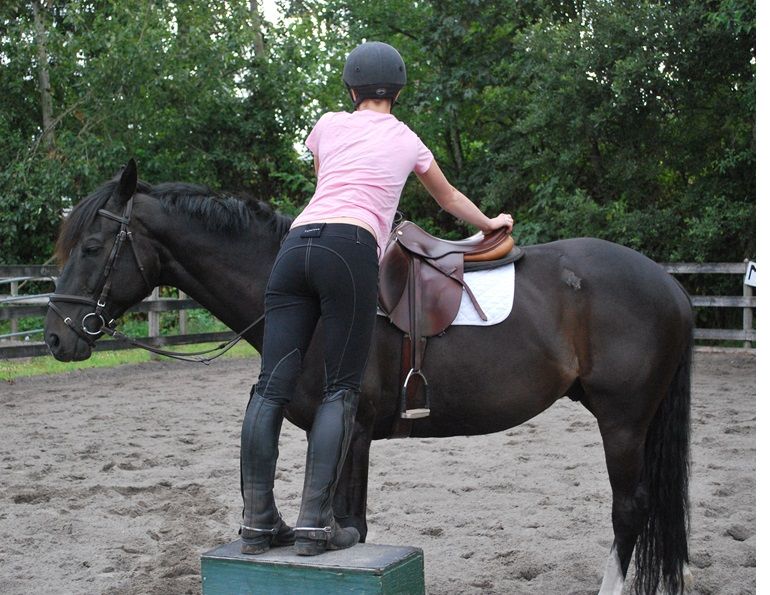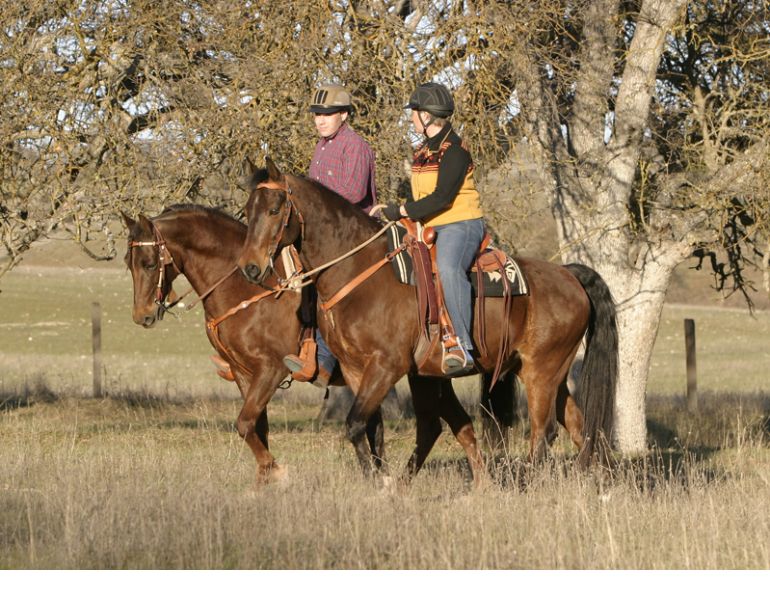By Jess Hallas-Kilcoyne
It’s fast and easy to tie, but the true value of the quick release knot lies in its ability to be quickly and easily untied in the event of an emergency. If a tied horse panics and pulls back on the rope, a single tug on the end of the lead will free him.
The quick release knot’s ability to provide an “emergency exit” is the reason it is valued as the knot of choice for safely tying horses.
Horses should be secured at withers-level or slightly higher to a sturdy, fixed object, such as a fence post (never a fence rail), tree, hitching rail, or tie-ring screwed into the wall. The lead rope should be tied to allow just enough slack that the horse can hold his head normally, but not so loose that he is able to lower his head to the point that he could potentially get his leg over the rope. Two to three feet of lead rope is about right for most horses, and ponies should be tied shorter.
Safety String
As an added safety precaution to ensure a foolproof breakaway for your horse in an emergency, secure your horse to a “safety string” created by tying a loop of baling twine around the post or through the ring.
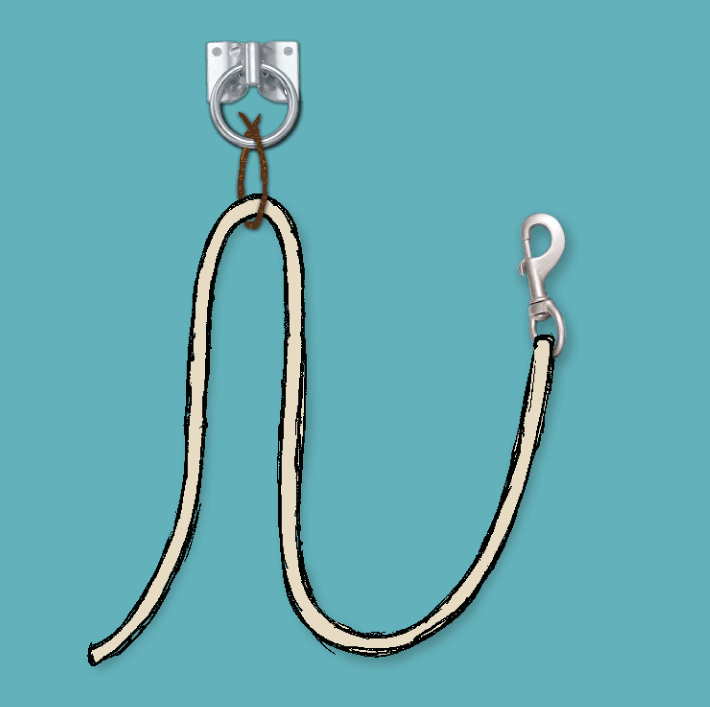
Step 1: Feed the tail end of the rope through the safety string loop (or through the ring or around the post).
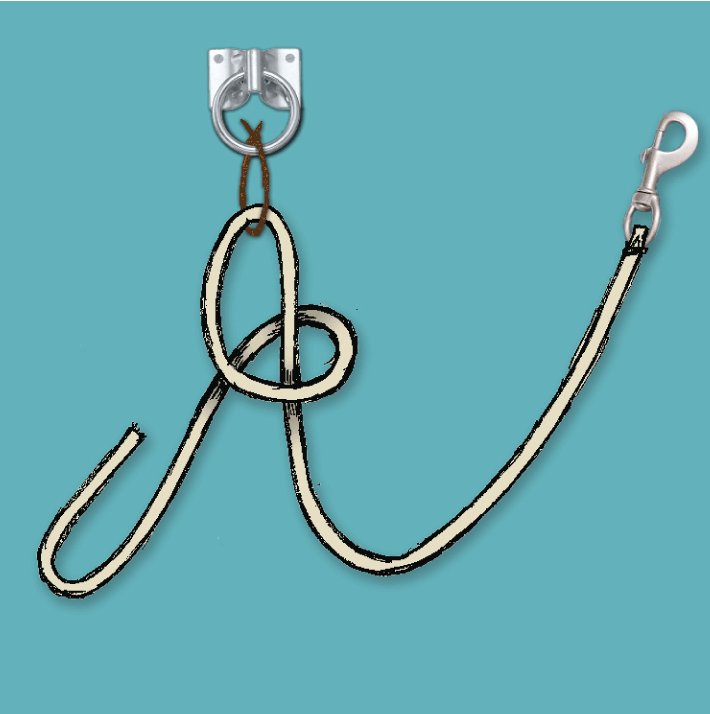
Step 2: Pass the tail end over the rope and around underneath to form a loop.

Step 3: Fold the tail end and insert the doubled-up end through the loop.

Step 4: Tighten the knot so that it is snug. Voila! A quick release knot. To release, simply pull on the rope end.
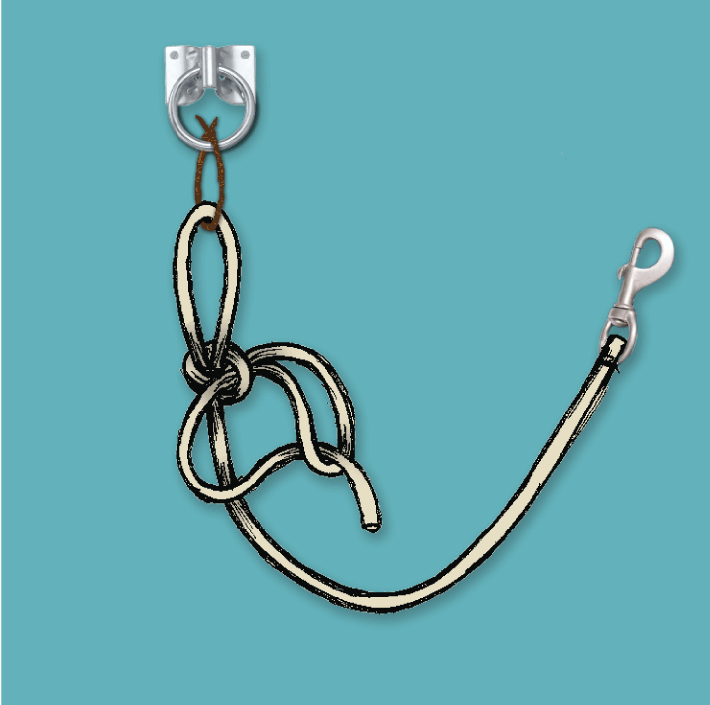
Step 5 (for Houdini Horses): Some horses figure out how to untie themselves by pulling on the tail end of the rope with their mouths. To prevent your horse from doing this, simply tuck the tail end of the rope through the loop. Once the tail end of the rope is through the loop, the knot can no longer be untied by pulling on the end. This is why the rope should always be attached to a safety string.
Main article photo: Courtesy of Sonja Beale
This article originally appeared in the Equine Consumers’ Guide 2014.



